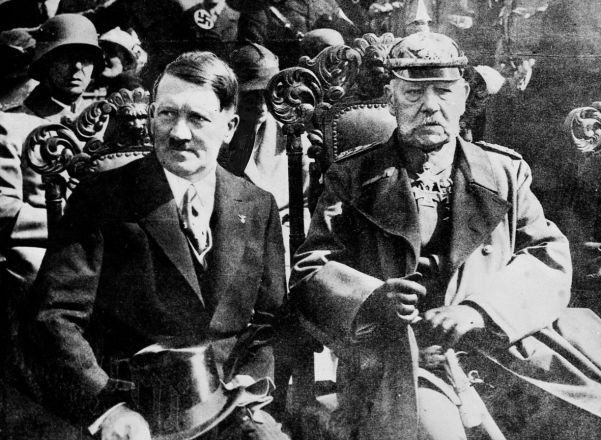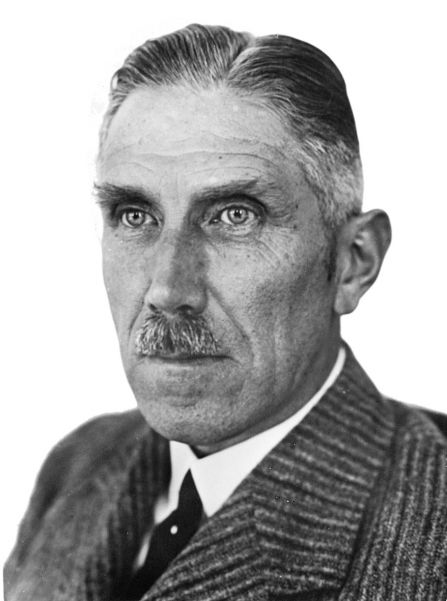January
Politics, Germany

“The hour of the birth of the Third Reich”; Papen and Hitler agree on a coalition with Hitler as its head. Papen has pledged the support of the Rhineland industrialists in exchange for the vice-chancellorship, which Hitler has readily agreed to. Chancellor Schleicher fails to win over breakaway groups from the Nazis, such as that headed by Strasser, and is unable to keep control over the Reichstag parties. He resigns and President Hindenburg is persuaded to give Hitler the chancellorship, which is celebrated by Nazi parades in Berlin.
30 January
Nazi Party, Berlin

Hans E. Maikowski proudly heads his Sturm (Storm - an SA unit) during a parade at the Brandenburg Gate on this historic day. It isn’t until the evening that Sturm 33 finally makes its way back to Charlottenburg. En route it is attacked by a mob of communists. During the bloody street-fighting Maikowski is severely wounded and taken to hospital. At midnight he dies, becoming the first martyr to the cause after the assumption of power by the NSDAP. Maikowski is given a lavish funeral, which takes place at the Charlottenburg Cathedral, and is buried in the Invaliden Friedhof.
